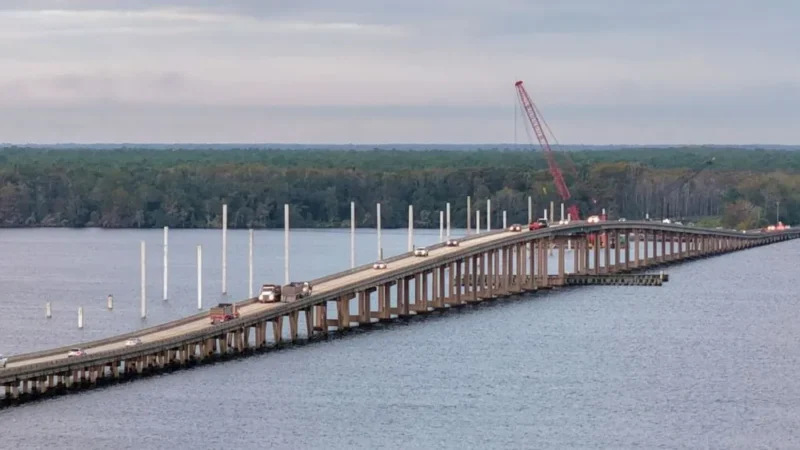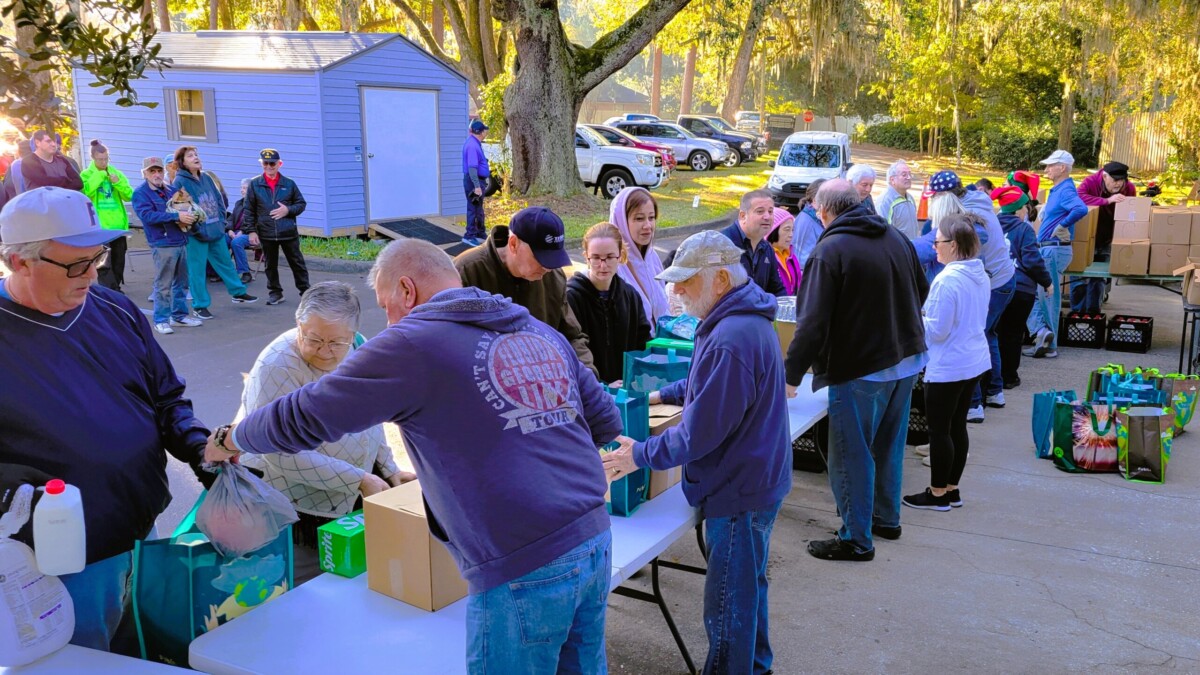In the last sea turtle nesting season, St. Johns County celebrated a record of more than 1,000 nests on the county’s beaches. Now environmentalists are celebrating only four nests.
That’s because those four nests represent the rarest known species spotted on the county’s beaches: the endangered Kemp’s ridley.
The majority of the sea turtle nests in Florida belong to loggerhead and green turtles. The total number for the season has not been released, but the Kemp’s ridley rarely makes an appearance, says Ashley Raybould, an environmental supervisor with the county.
“The first documented Kemp’s nest that we have known about in St. Johns County was in 2015. Since then, there’s only been a handful, and each just one time each season,” Raybould told Jacksonville Today. “Although four is a relatively low number when you look at the other sea turtle species, it’s just exciting to get a more rare species nesting here.”
Although they were more numerous last century, the number of Kemp’s ridley sea turtles around the world has plummeted to an estimated 7,000 to 9,000. Numbers like that have earned the sea turtle the distinction of being the world’s most endangered sea turtle species we know of.
Duval County has identified at least two Kemp’s ridley nests this year, and the Florida Fish and Wildlife Conservation Commission has identified 24 nests statewide. That compared with just 10 in 2023 and eight in 2022.
In St. Johns County, the last time a Kemp’s ridley nest was spotted on the county’s beaches was in 2022.
“We’re taking it year by year. We really don’t know what to expect,” Raybould said. “We’re hopeful this might be an ongoing trend of a range expansion for the Kemp’s ridley outside of where they typically nest in Mexico and Texas.”
Sea turtle warning
Although sea turtle nesting season is mostly over, some turtles haven’t hatched and made it back to the ocean yet.
Raybould urged beachgoers to be careful and be aware of their surroundings, especially considering the Kemp’s ridley is the smallest species of sea turtle.
“(It’s) particularly important for humans to keep their distance,” Raybould said, “especially if you’re on beaches that allow driving.”







